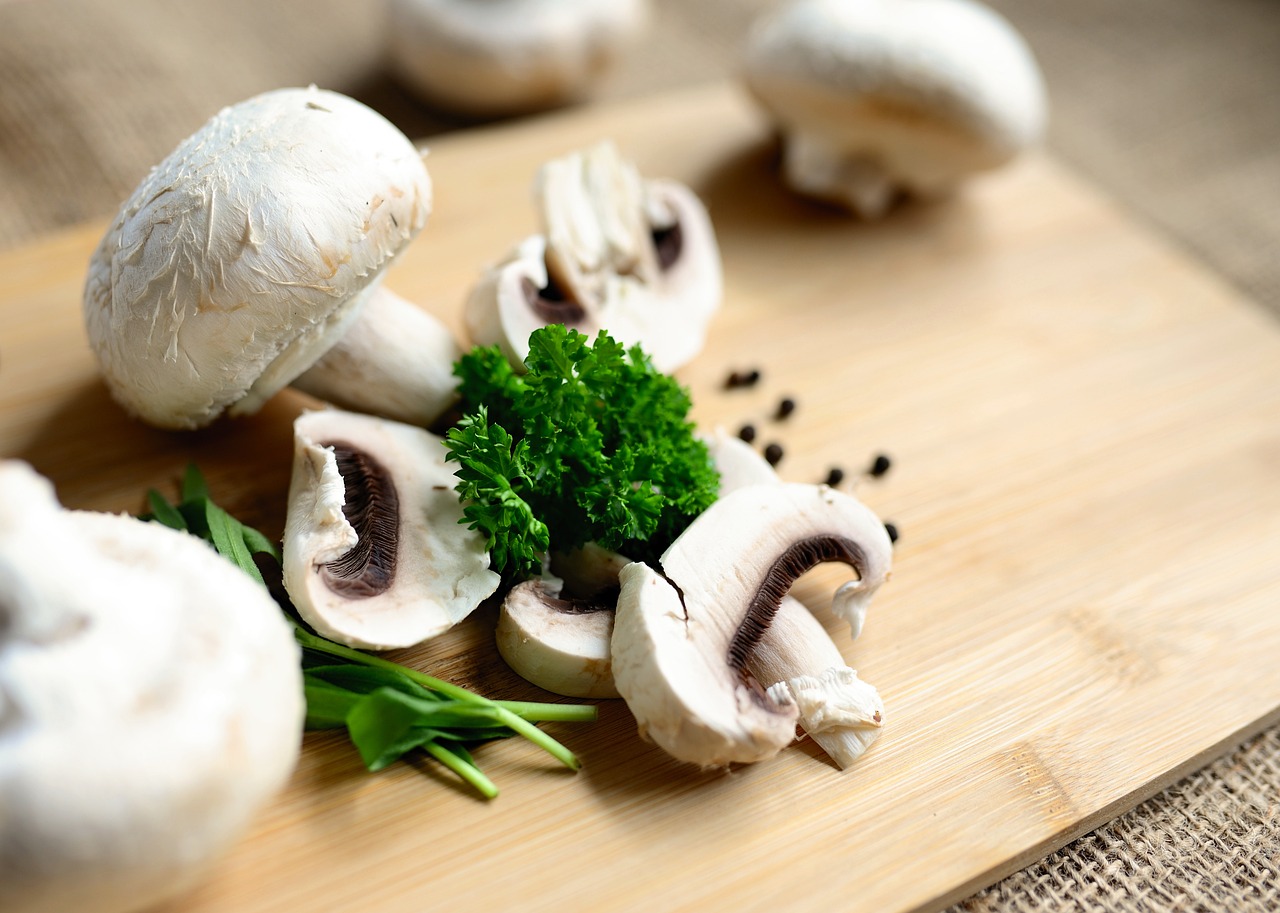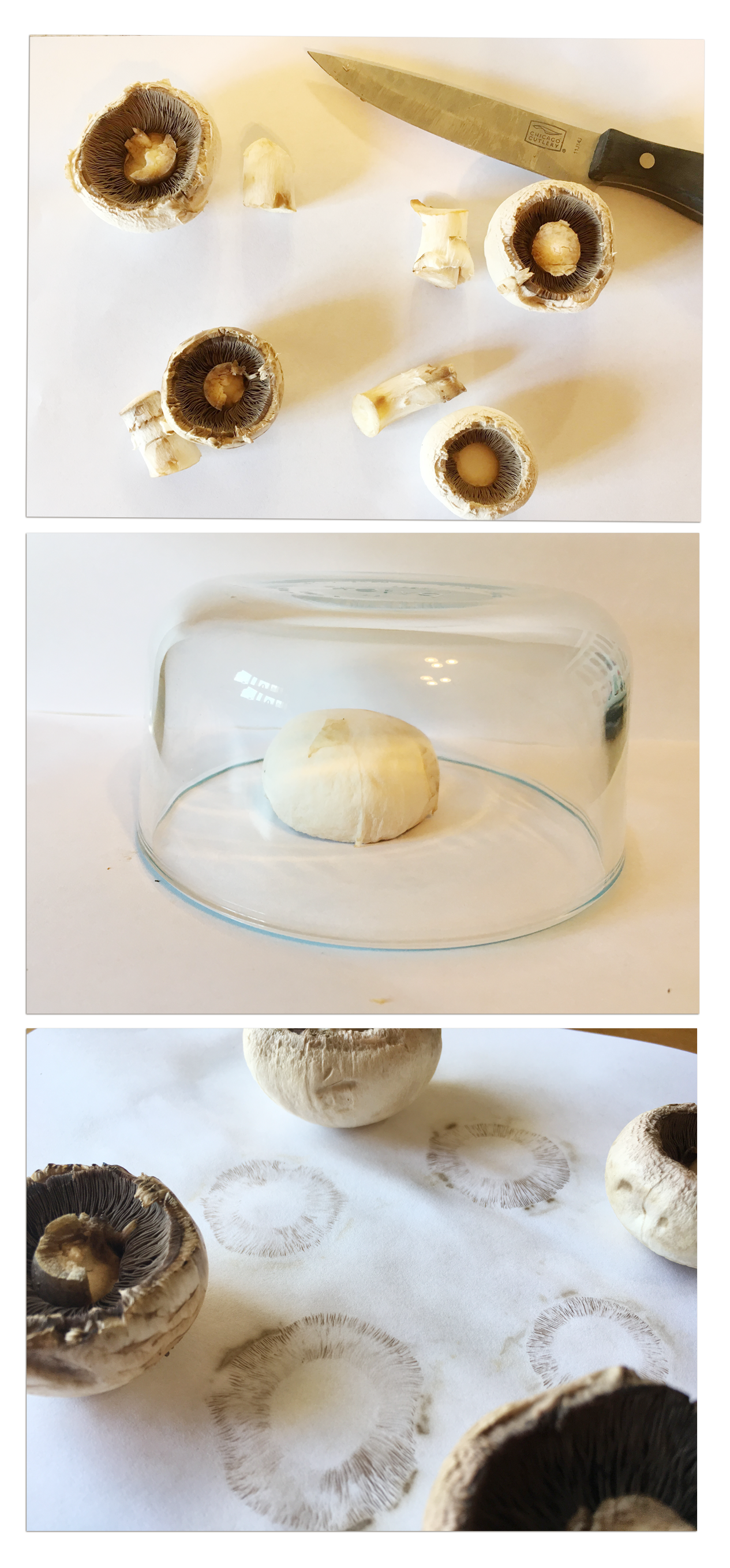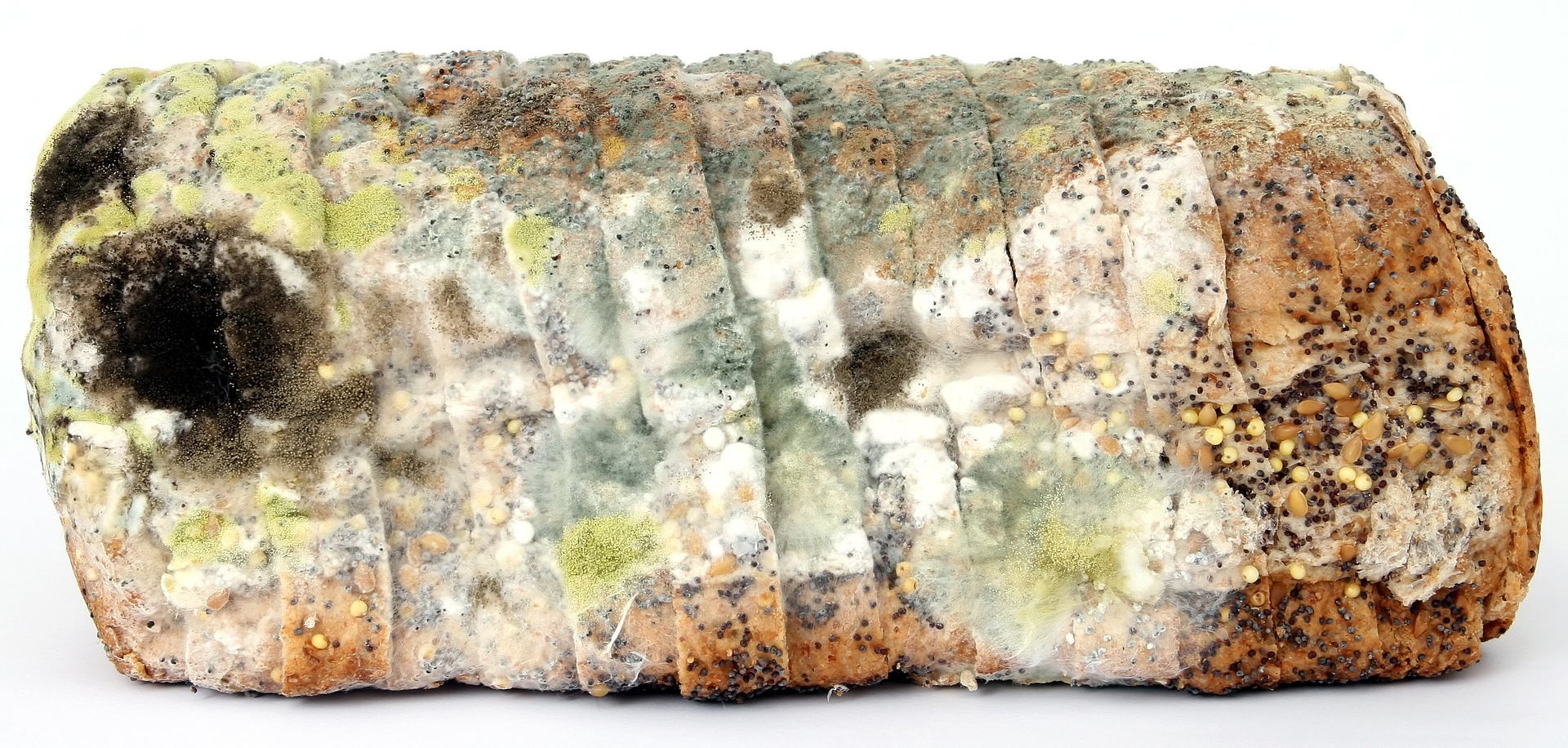Yeasts are small, single-celled organisms. They are members of the kingdom Fungi (singular, fungus), that also includes mushrooms and differs from plants in that these organisms have no chlorophyll. Yeasts have been useful to humans for centuries in the production of certain foods and beverages. They are responsible for the rising of bread dough and the fermentation of wine, whiskey, brandy, and beer. They also play the initial role in the production of vinegar. Most types of yeast can live only on sugars and starches. From these they produce carbon dioxide and alcohol. Yeasts reproduce by a method called budding. A small knob or bud forms on the parent cell, grows and finally separates to become a new yeast cell. Although this is the most common method of reproduction, yeasts also multiply by the formation of spores.
The yeast used in bread production consumes the sugars present in bread dough, using the energy for growth and reproduction and releasing carbon dioxide and alcohol. During this fermentation process, little bubbles of carbon dioxide released from the yeast fill the dough and cause it to expand or “rise.” A slice of bread can be examined with the naked eye or with a magnifying glass to see the many small spaces made by the carbon dioxide.
Some yeasts are psychrophilic, meaning they can grow at relatively low temperatures. In fact, the fermentation of wine and beer is often carried out at temperatures near 4°C (40°F). Some psychrophiles, can create a spoilage problem in meat coolers and other refrigerated storage areas.
Because yeasts can grow under conditions of high salt or sugar content, they can cause the spoilage of certain foods in which bacteria would not grow. Examples are honey, jellies, maple syrup, and sweetened condensed milk. Foods produced by the bacterial fermentation process, such as pickles and sauerkraut, can also be spoiled by yeasts which interfere with the desired bacterial process. Certain yeasts are pathogenic. However, yeast infections are much less common than are bacterial infections.
Mushrooms, toadstools, bracket fungi, shelf fungi, puffballs and other various parasites such as rust and smuts are called club fungi. Club fungi reproduce by spores. The mushroom is the fruiting body. The “roots” which are really the mycelium grow in very fertile soil or other plant and/or animal organic matter. The mycelium may live for years, slowly growing underground. Only when the conditions are favorable do mushrooms (the fruiting body) grow up above the surface. The spores are formed in the gills located within the “cap.” Under close examination the spores are produced in an area of the gills that are shaped like “clubs.”
Rusts are club fungi that produce rust-colored spores during one phase of their life cycle. Rusts are parasites on wheat, barley, oats, and other crops. Each year they cause millions of dollars of damage to crops. Smuts are similar to rusts. Their name refers to the black dusty-looking mass of spores they form within the tissues of the host plant. Smuts attack corn, wheat, oats, barley, and rye.


